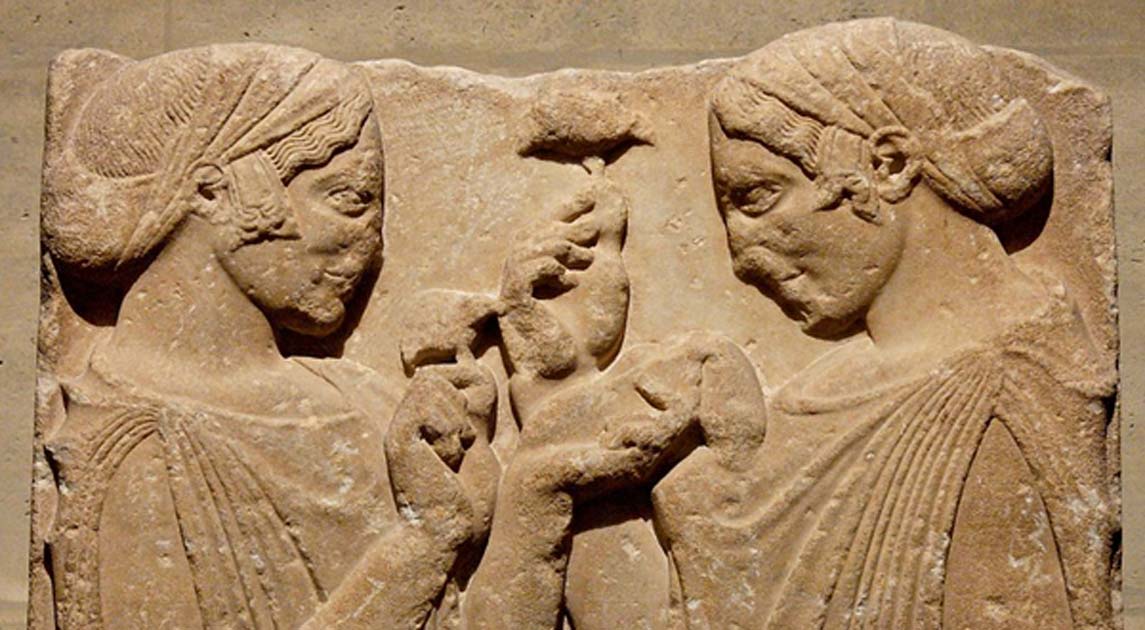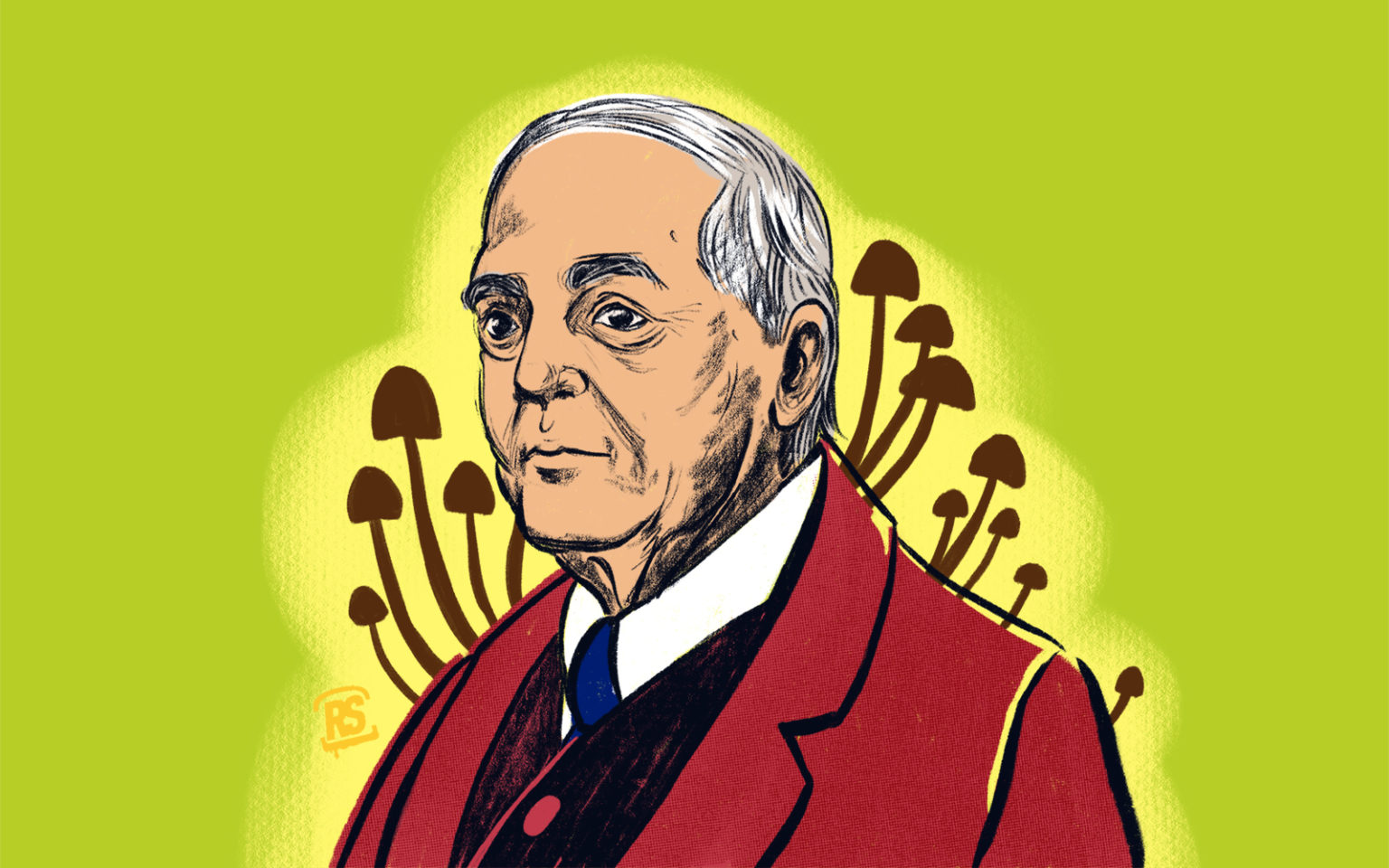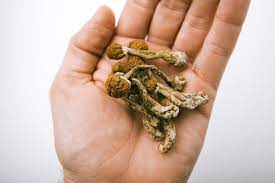A Brief History of Magic Mushrooms
6/23/2022 2:08 PM

A Brief History of Magic Mushrooms
Humans and animals have been using magic mushrooms for thousands of years. Although they’re older than humankind, the earliest documented use was in North Africa in 10,000 B.C.E. Psychedelic mushrooms show up in carvings and statues all over the world after this time. Psilocybe mushrooms were used to help communicate with old gods, gain insight during spiritual ceremonies, and are thought to have helped in human evolution. Popularity grew in the ’70s as a way to unlock creative potential before “the war on drugs”. As more is becoming known about Psilocybin’s many benefits, the more popular interest is exploding.
What Is Psilocybin?
Psilocybin is one of the main molecules in “magic mushrooms”, also commonly called “shrooms.” There are more than 100 different varieties of wild fungi around the world that contain this psilocybin. When Psilocybin is ingested it is turned into psilocin. The psilocin then interacts with serotonin levels in the body. It causes hallucinations and strange perceptions when taken in large doses. When taken in smaller doses it is known to boost mood and enhance creativity.
The First Users of Magic Mushrooms
The use of magic mushrooms pre-dates the birth of civilization around 6000 years ago. There are statues, rock paintings, and other representatives of what appears to mushroom from as far back as 10.000 B.C.E.
- North Africa: In Tassili, Algeria there are rock carvings that show evidence of the use of psilocybin in 4000-7000 B.C.E. that show evidence of the use of psilocybin. Figures show unusually large heads, missing limbs, and people floating around outside of their bodies. Some figures are holding mushrooms and others that have mushrooms growing from their bodies. Terrance McKenna, the writer of Food of The Gods, claims that our African ancestors used magic mushrooms for different ceremonies and to help with hunting.
- Ancient Greece: There is evidence that the ancient Greeks used a psychedelic brew made of mushrooms in ritualistic ceremonies. These ceremonial healing rituals were top secret, to expose the secret insights gained could mean the death penalty.
- Central America: Mayan and Aztec cultures called magic mushrooms teonanacatl which translates to “flesh of the gods”. It is believed that they used these sacred fungi to communicate with the gods during traditional ceremonies.
- Siberia: Indigenous tribes would drink hallucinogenic urine from reindeer that would eat Amanita Muscaria mushrooms. They are the most iconic red and white spotted caps that are local to that region.
Psilocybin and Evolution
Many people believe that magic mushrooms had an important role in human evolution. In the 1950s, R. Gordon Wasson traveled to Mexico and concluded that psychedelic mushrooms were responsible for our advancement in language and religion. He thinks that humans “ate their way to consciousness”. This would make sense as psilocybin mushrooms are resilient, and common on every inhabitable continent.
The Discovery of Psilocybin
 Robert Gordon Wasson was the first modern man to get people interested in magic mushrooms. After 1955 he traveled to Southern Mexico to participate in a psilocybin ritual held by a local tribe. In 1957 he published the very popular article, “Seeking The Magic Mushroom” where he shares his experiences. Unfortunately, the locals ended up regretting ever inviting him into their small community. His article opened a floodgate. The area became overrun with people looking to have a similar experience
Robert Gordon Wasson was the first modern man to get people interested in magic mushrooms. After 1955 he traveled to Southern Mexico to participate in a psilocybin ritual held by a local tribe. In 1957 he published the very popular article, “Seeking The Magic Mushroom” where he shares his experiences. Unfortunately, the locals ended up regretting ever inviting him into their small community. His article opened a floodgate. The area became overrun with people looking to have a similar experience- Wasson and his colleague, Roger Heim, then began identifying different psychedelic mushrooms.
- Albert Hoffman, A swiss Scientist, was the first person to synthesize psilocybin in 1958. He is maybe even more well-known as the inventor of LSD.
- Timothy Leary, psychologist, and Harvard professor became inspired by Wasson’s experience in Mexico and traveled there himself. He experienced a profound transformation and founded the Harvard Psilocybin Project. At the time shrooms were legal and he led a variety of different experiments.
Studies
 In one experiment he gave prisoners psilocybin to see if it could be an effective psychotherapy aide. The results were incredible! Six months into the treatment the subject’s recidivism rate was 40% lower.
In one experiment he gave prisoners psilocybin to see if it could be an effective psychotherapy aide. The results were incredible! Six months into the treatment the subject’s recidivism rate was 40% lower.
After this success, he became confident in these magical chemical healing qualities. He began to test it on his graduate students. Nearly every single student had profound spiritual experiences. They did a follow-up study on these students 25 years later and the results were positive. All of the students report that they experience long-term positive changes in their lives after the study.
-Thomas Leary
The “War on Drugs"
The use of psychedelic drugs boomed in the ’60s. When you think of that time the first thing that comes to mind is probably the hippie culture. Unfortunately, due to the stigma around psychedelics, they were unacceptable in mainstream society. Leary was fired from his position at Harvard in 1963. This was due to backlash from faculty and academics. They stopped all studies right away. Magic mushrooms were no longer seen as taboo but as dangerous. They were officially made illegal in October 1968. Nixon’s “war on drugs” in the ‘70s created the idea that all drugs were bad. Until the ’90s there was no new research. This is when interest in this magical fungus was reignited.
Psilocybin Today
Magic mushrooms have had an amazing comeback in recent years. New research has been replacing the old stigma around this natural psychedelic. This has helped them to become more mainstream. The first new psilocybin study was conducted in 1997. This led to a new surge in popular interest. This led to a resurgence of interest which led to many more studies. The FDA granted Compass Pathways to study the benefits of psilocybin on depression in 2018. One of the biggest things to happen was in 2019. John Hopkins opened a centre for Psychedelic and Consciousness research. They are currently studying the benefits of this natural chemical as a treatment for PTSD, Lyme disease, and alcohol dependency.
Leave a comment below to share your experiences with Magic Mushrooms!







